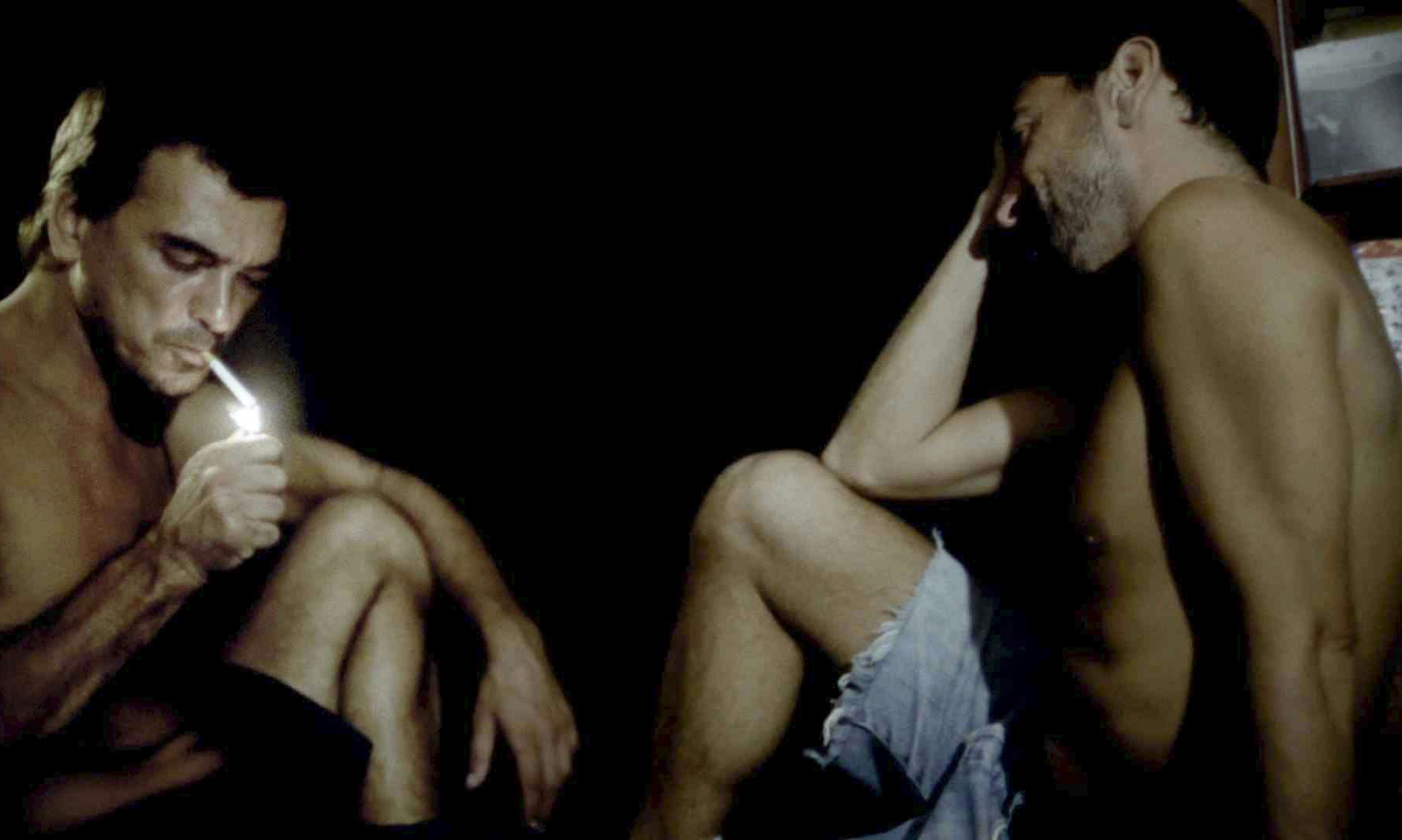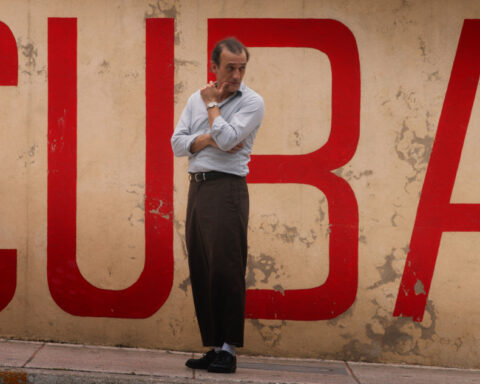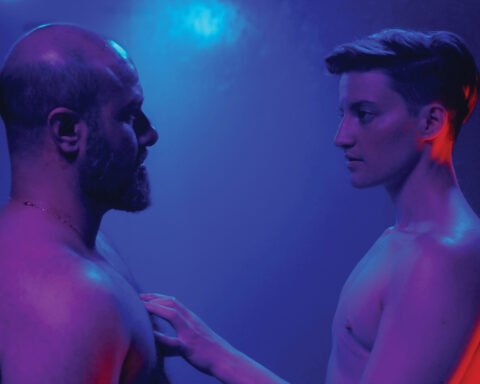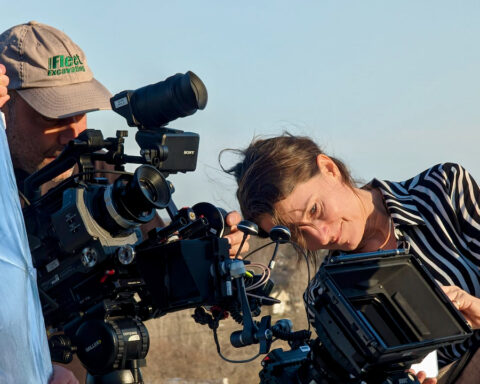Fausto
(Canada/Mexico, 70 min.)
Written and directed by Andrea Bussmann
Starring: Alberto Núñez, Victor Pueyo, Gabino Rodríguez, Fernando Renjifo, Ziad Chakaroun
If Andrea Bussmann’s previous feature was a tale for those who dreamt, her latest work is a dream realized in its most cinematic form. Bussmann’s Fausto transports the Faust myth to beaches of Oaxaca, Mexico for a loose, free-flowing, and hypnotic meditation. It’s a fleeting film that ebbs and flows in elliptical pauses. Demanding, frustrating, fascinating, and rewarding, Fausto is a richly dense exercise in active viewing. Much like a dream that only makes sense when unpacked and savoured as a metaphorical whole, it’s also a beautifully evocative film that washes over you and enriches the mind.
The uncanny character of the film is complemented by the peculiar hybrid structure with which Bussmann reimagines the fable. Alberto (Alberto Núñez) and Fernando (Fernando Renjifo) laze on the beach playing games and telling stories. The characters include a handful of migrants, some Oaxacan locals, and an ex-pat American who tell their stories in meandering accounts. They tell stories in an indirect manner, never quiet making eye contact with the camera, but rarely having a perceptible recipient for the fables they share. Their yarns unfurl like interview answers or soliloquies—something between the two, perhaps—as they muse upon the mysteries of the world, deals with the devil, the knowable versus the unknowable, either to Bussmann or to the open ear of the midnight air. Their stories contrast with the omniscient narration (by Gabino Rodríguez) who serves as both an all-seeing eye and an unreliable narrator given that too few images are discernable to the viewer’s eye—there are many shots in which one can’t really understand what transpires onscreen.
The film thrives on the interplay of images, the power of storytelling, and on the relationship Bussmann conjures between things the audiences sees and doesn’t see. (Or sees to an extent, in Bussmann’s pitch-black nocturnes.) Storytelling as at the heart of Fausto as Bussmann returns to the image of the men sitting around a bonfire on the beach or a candlelight dinner at night.
The darkness of the images is consistently mesmerizing. Shot on a Sony a7S digital camera, which retails for around $2000 as an affordable prosumer device, and then transferred onto 16mm film, the palettes of Fausto visualize myriad contradictions and tensions that embody Bussmann’s film. The compositions are dark, yet washed out with the strained exposure grain of the digital camera and rendered with a bleachy ghostliness afforded by the images’ reproduction on film. Many of the images are almost entirely black as Bussmann’s camera gazes out to the ocean and takes in a few stars, which pepper the screen faintly, like small pinholes through which the light escapes.
Animals appear onscreen, too, in museum displays and daytime scenes on the beach. Stuffed gazelles stare back from the screen, looking at us as intently as we look at them, while one of Fausto’s more hypnotic moments watches a dog accompany the men on a stroll along the violent beach. Waves crash thunderously as the humans make their way up a rocky cliff and the dog, lacking the proper digits with which to climb the wall, simply jumps and barks as the waves hit the shore. It’s a scene of great indirect violence and a reminder of the world in which we’re all ultimately powerless beings.
Shot like a meditative anthropological or ethnographic film, Fausto invites audiences to consider the creatures that frolic on the screen and the natural environment that engulfs them. The narrator speaks often about the characteristics of nocturnal animals—creatures that see in the dark and generally can’t be tamed—and by enshrouding the film in the dark of midnight, Bussmann challenges a viewer to see the world through the eyes of man, an animal, that is contained by the world in which he thinks he’s free.
The resulting aesthetic suggests that the world of Fausto is some beguiling between-place as the men contemplate their state of limbo. The modern and theoretical take on the classic myth fuses past and present, world and otherworldly, presence and absence. It’s a tale of shadows and men, and people and their environments. It’s hard to say what exactly Fausto is or means, but the spirit of the film leaves an insatiable hunger to know more.
Fausto opens in Toronto on Thursday, April 11 at TIFF Lightbox.
Read Daniel Glassman’s TIFF review for a second take.












